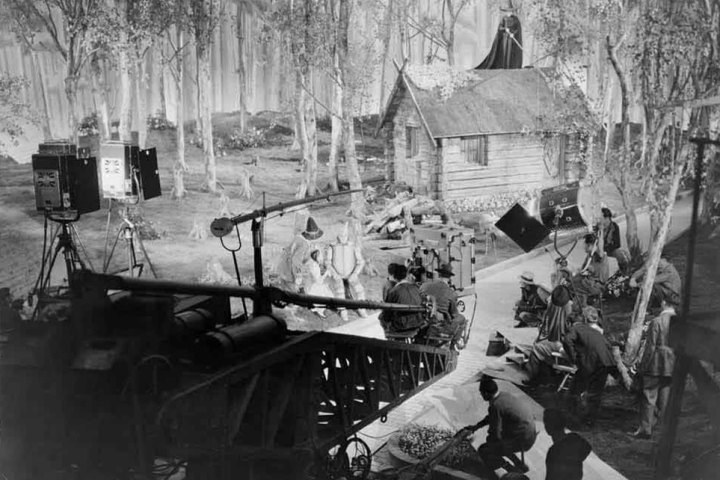

Now on display at the Smithsonian’s Places of Invention exhibit in the National Museum of American History in Washington, D.C., the Technicolor camera stands as a reminder of how far image-making technology has come. Unlike later motion picture cameras which simply used color film, the DF-24 employed a beam splitter and color filters to separate an image into red, green, and blue component parts, as detailed by Smithsonian Magazine. The three discrete fields were recorded onto separate strips of 35 millimeter black-and-white film. A complex developing and dyeing process would later combine the images from all of the fields onto a single strip of film, allowing movies to be projected with standard equipment and appear in full color on the silver screen.
Interestingly, while technology has changed a great deal since the advent of the Technicolor camera, the concept of creating color by splitting an image into red, green, and blue fields is exactly how modern digital cameras work. Just like the film used in the DF-24, a digital image sensor only “sees” in black and white. It’s the array of RGB color filters on top of the sensor that allows the camera to record color information.
The move in recent years to digital cinema has reduced costs and improved ease of use. But perhaps the most obvious difference between the cameras of today and the DF-24 is size. Mounted atop its wheeled sled, the Technicolor camera stood over eight feet tall. That’s a far cry from digital cinema cameras like the Red Scarlet or Blackmagic URSA Mini, which are small enough to be rigged to shoulder mounts or carried in handheld gimbals.
But the size and complexity of the Technicolor camera was worth it. The technological advance of color was about much more than adding eye candy. When The Wizard of Oz premiered in 1939, it provided moviegoers with much-needed escapism at a time when Americans were caught between the Great Depression and the growing threat of another war in Europe. Just as the awestruck Dorothy stepped out of her Kansas home into the magical world of Oz, so too did the audience get to leave its world behind — if only for a couple of hours.
Updated December 28, 2016: This article originally stated the Technicolor camera used 70mm film, which is incorrect. It used 35mm film.



